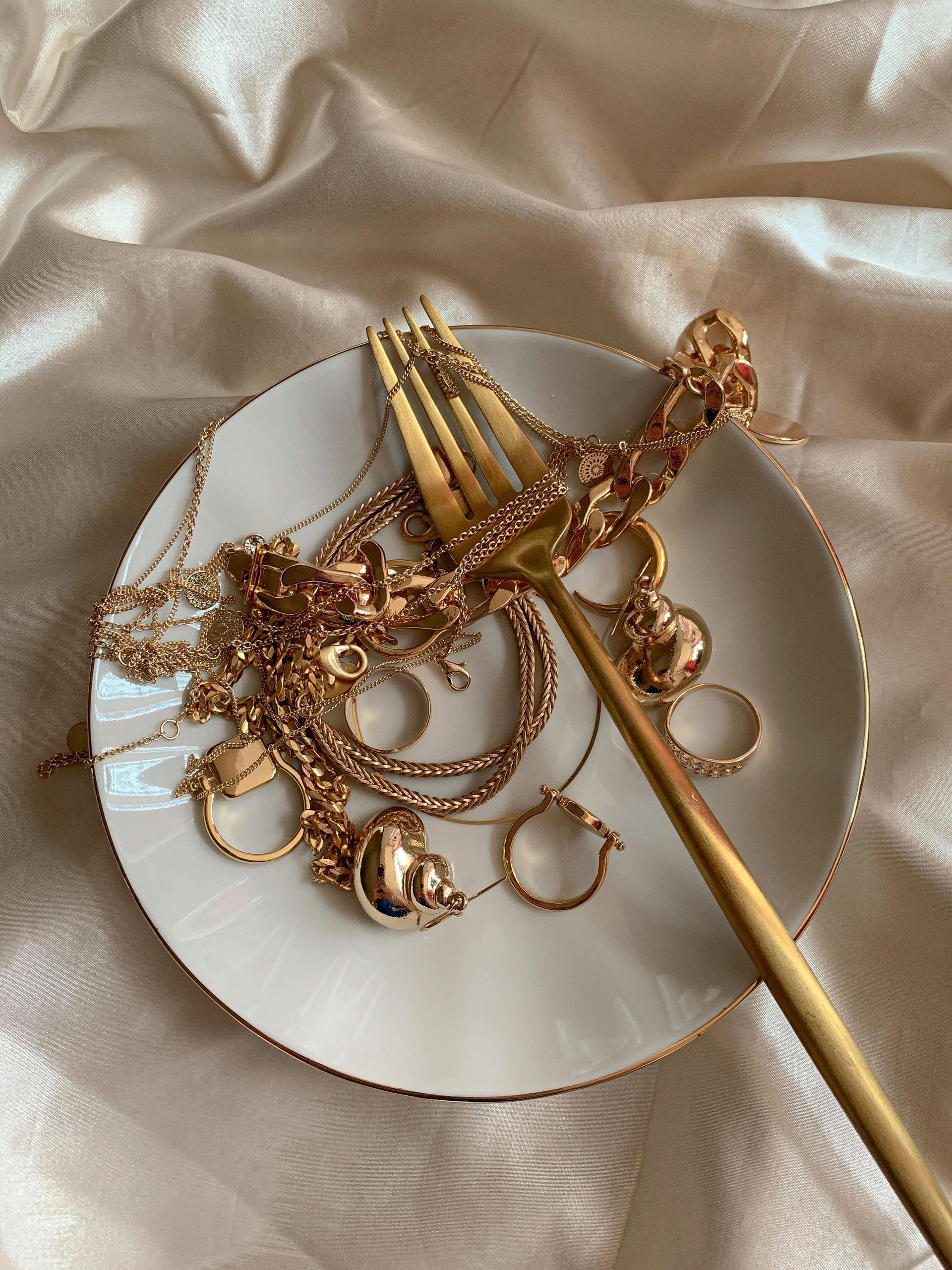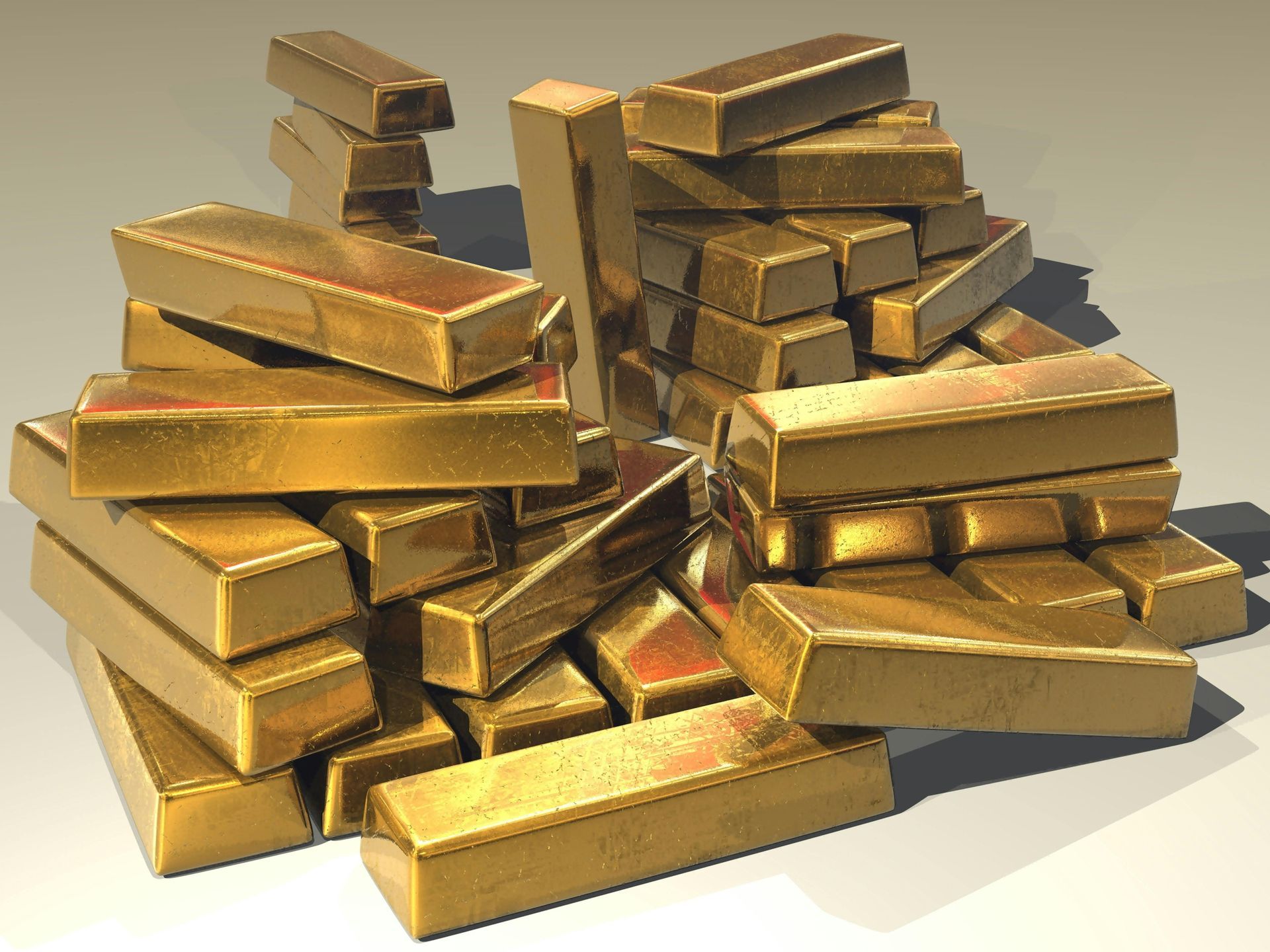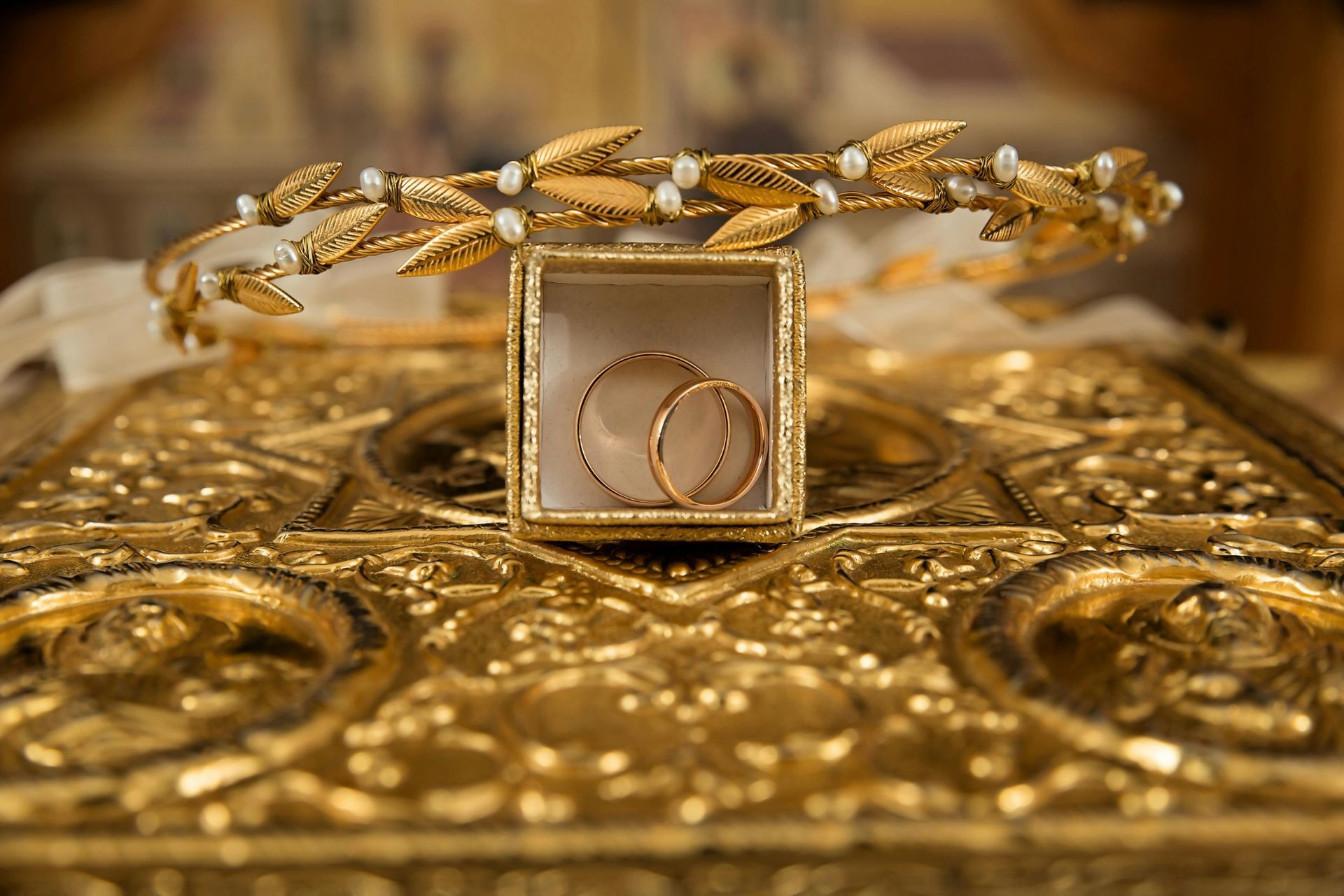What is a Gold Proof Coin?
In this post Gold-Buyer will be discussing proof coins, specifically what a gold proof coin is, to help you understand your collection better – and how you can sell your gold proof coins online.
To begin, we should look at what makes a coin ‘proof’. Proof coins carry the same design as their non-proof counterparts, the difference comes from the clarity and finish of each coin.
A regular coin is stamped once, where they are then placed in ‘bins’ to be circulated into the economy. This method will provide a clear design on the coin, however, it lacks the attention to detail that is given to a proof coin.
What does it mean when a coin is ‘proof’?
First, a proof coin is stamped between two and six times – which allows for a much clearer representation of the coins’ imagery, by sharpening the design and the rim with additional force. This method also allows for a much smoother ‘field’, which is the blank area of a coin that does not feature a design.
Once a proof coin has been stamped it will then be polished, either by hand or chemically, to create a mirror-like surface on the field in order to make the central design stand out more clearly than on a circulated coin.
The ‘dies’, or mould, used to create proof coins are hand-finished to ensure impurities and blemishes do not occur on the newly stamped proof coin, with only about 50 being made in an hour, in comparison to the 3000 regular coins that can be stamped per hour.
Proof coins were created in small numbers, but quickly gained popularity amongst numismatists – coin collectors, and are now the highest standard of commemorative coin available today.
Traditionally coins were made ‘proof’ as a means of testing the dies and archiving the new design. The intention of proofing coins quickly changed from its original purpose of quality control, where proof coins would be used to ensure no errors or blemishes existed within the dies mould, to become collector’s items that represent the highest-quality example of each coin.
These days proof coins are stamped in an unused mould to ensure the impurities of regular coins do not blemish the proof coin.
Are gold proof coins worth more?
Generally any type of proof coin will be more valuable than regular, circulated coins, owing to a number of factors in the production process that differentiate proof from regular coins.
Most proof coins will never see regular circulation and, as such, will rarely be subject to the same wear-and-tear as regular coins. In fact, even before a regular coin is circulated into the economy they often show signs of damage or ‘bag marks’, due to the fact that less care and attention are taken as they are handled.
There is also the matter of issue number, which will generally give any mass-produced item an intrinsic value if it is one of the first in a series.
Proof coins will often feature commemorative designs which also increase their value, this is the first detail to check when trying to value your gold proof coins.
In 2021, The Royal Mint commissioned a gold proof coin to celebrate the legacy of the legendary British rock band, The Who. To date, this is the most expensive proof the historic coin makers have produced, retailing at £69,445 – a huge investment for any online gold buyer.
However, even this price tag is dwarfed by many older proof coins, with the 1933 Double Eagle selling for $18,900,000 (£15,444,702) after a 52-year investigation by the United States government led to its return from Egypt by its then-owner, King Farouk.
How do you tell if a coin is a proof coin?
Proof coins are easily distinguished from circulated coins by their brilliant finish. They will appear much cleaner, shinier, and feature a more prominent design than their circulated counterparts.
It is important to keep in mind that proof coins are frequently counterfeited, and will often appear genuine without proper inspection by an accredited valuer.
A valuer can look at a close-up of the proof coin to determine its authenticity, which is usually a case of seeing if the ridges of the design are sharp or smooth.
Typically a proof coin will have much sharper ridges, owing to the extra measures taken in the stamping process. There are some counterfeits which may also feature these sharp edges, however, most illicit proof coins are simply repolished circulatory coins, as it is much cheaper to repurpose an existing coin than it is to create a brand new one.
Can you spend a proof coin?
You can legally spend a proof coin the same way you would spend a regular coin of the same denomination, although it would be at a loss.
For example, if you were to spend £1.75 in your local shop, you would be within your rights to use a 1995 Dove of Peace £2 Coin, valued at £1,225, to pay for the item.
However, you would still only receive 25p change from your purchase.
The reason for this is that the denomination, the face value, of the proof coin is the same as the denomination of the regular coin.
This is why having your gold proof coins properly evaluated is essential to maximising their value. You may even have been handed a proof coin as change at some point, without ever realising its true worth!
Next time you are given change, try and look at the designs and finishes of each coin, do any of them stand out more? It is not uncommon for proof coins to find their way into circulation due to a lack of awareness.
Let Gold-Buyer value your coin collection today, we can transfer the money into your account within 24 hours.
The post What is a Gold Proof Coin? appeared first on Gold-Buyer.







Where to send your gold
Gold-Buyer
PO Box 8726
Ilkeston
DE7 0GS
Menu
Subscribe for news and updates
Subscribe to our newsletter
All Rights Reserved | Gold Buyer
